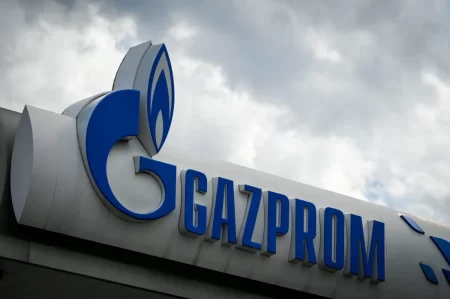Lagos — India and China will drive the liquefied natural gas (LNG) regasification capacity additions in Asia between 2022 and 2026, as the two countries step up imports of natural gas to reduce carbon emissions.
Together, the two countries will account for 55% of the region’s total capacity additions by 2026 through new build and expansion projects, says GlobalData, a leading data and analytics company.
 GlobalData’s report, “LNG Industry (Liquefaction and Regasification) Capacity and CapEx Forecast by Region and Countries, All Active Plants, Planned and Announced Projects, 2022-2026,” reveals that Asia is expected to witness the highest regasification capacity additions of 19.6 trillion cubic feet (tcf) from new build and expansion projects during the outlook period. Of this, 16.8 tcf capacity is expected to come from new build projects and the remaining from the expansion of the existing projects.
GlobalData’s report, “LNG Industry (Liquefaction and Regasification) Capacity and CapEx Forecast by Region and Countries, All Active Plants, Planned and Announced Projects, 2022-2026,” reveals that Asia is expected to witness the highest regasification capacity additions of 19.6 trillion cubic feet (tcf) from new build and expansion projects during the outlook period. Of this, 16.8 tcf capacity is expected to come from new build projects and the remaining from the expansion of the existing projects.
Himani Pant Pandey, Oil and Gas Analyst at GlobalData, comments: “Among the fossil fuels, natural gas emerged as the bright spot as it is seen as a relatively clean option and can act as a bridge fuel to lead the energy transition. Therefore, countries such as China and India are increasingly importing LNG to meet their carbon-neutral goals and reduce emissions.”
Tangshan II is the largest upcoming regasification terminal in China. Expected to commence operations in 2022 with an initial regasification capacity of 341 billion cubic feet (bcf), the terminal is likely to increase its capacity to 584 bcf by 2026. Caofeidian Xintian LNG is the operator of the terminal.
In India, Jaigarh Port terminal is the largest upcoming LNG regasification project with a capacity addition of 390 bcf by 2026. To be operated by H-Energy, the terminal is expected to start operations in 2025.
Follow us on twitter



